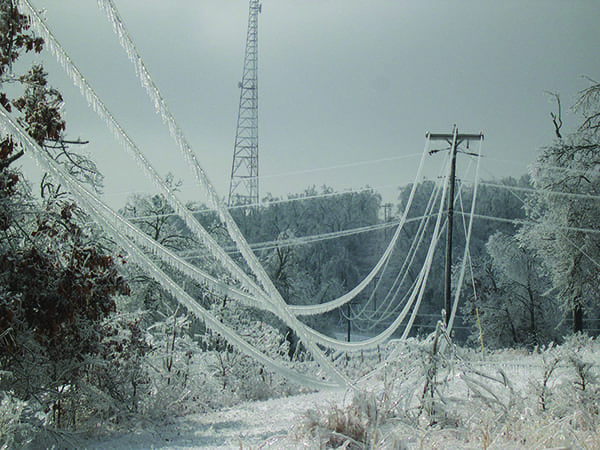We’ve said again and again that Dr Bullard has it right: Climate chaos hits Black and brown communities first and worst.
Exhibit A remains the US Gulf South: In February 2021, an Arctic blast brought devastation to communities across the Gulf, with particularly intense impacts for Black, Indigenous, Latinx, and Caribbean communities. And research shows that not only were communities of color disproportionately impacted, they were systematically denied access to just and equitable disaster relief.
As part of his Build Back Better agenda, President Biden promised to make reforms to address environmental justice, and direct 40% of Federal investments in climate and clean energy to disadvantaged communities. Here’s one that should be easy: Tell FEMA to prioritize climate disaster relief for Black and brown communities hit first and worst.
- The storms caused millions of people to lose power and be put under boil water advisories. Families were stranded inside their homes without heat, food, and water. But not all families were impacted equally.
- 91% of those surveyed believed that governments purposefully and actively neglected to protect the health and welfare of Black communities in the aftermath of the storms. Residents of majority Black and brown neighborhoods had less access to disaster relief resources and were over-represented among the scores of people evacuated and displaced by the storms.
- Approximately three-quarters of the people who died in the Arctic storms were people of color.
The systemic failures documented in this report paint a clear picture of environmental injustice. The also give us a clear idea of how the Federal Emergency Management Association (FEMA) can work with state and local partners to meet the challenges of worse and more frequent storms, and distribute disaster relief faster and more equitably to impacted communities.
Here is the detailed, 12 point plan for FEMA and state governments that we’re asking you to sign on to:
- Provide safe housing and clean drinking water for all impacted residents of major disasters.
- Continue advocating for a Major Disaster Declaration in the wake of storms to access further federal assistance.
- Prioritize the needs of the low-income communities and communities of color that disproportionately bear the effects of extreme weather events and industrial pollution.
- Ensure that communities most affected by the climate disaster have a say as to the best path forward.
- Establish a $1 billion community storm recovery fund.
- Complete a full comprehensive audit.
- Determine damage and unmet needs.
- Work directly with and invest in community hubs and community-based support organizations on the frontlines of recovery efforts.
- Put in place a moratorium on all utility shut-offs including water and electricity.
- Each state must investigate their respective widespread power failures.
- Require energy producers to winterize their equipment.
- End the dependence on fossil fuel consumption and move to publicly-controlled renewable energy systems.
I highlighted the last one, because it gets at how our fights for climate justice are all connected. Renewable energy is not just cleaner, it’s cheaper and more resilient in times of crisis. We can fix a lot of problems at once if we invest in distributed, publicly controlled, renewable energy and commit to investing in the communities hit first and worst by climate crises.
